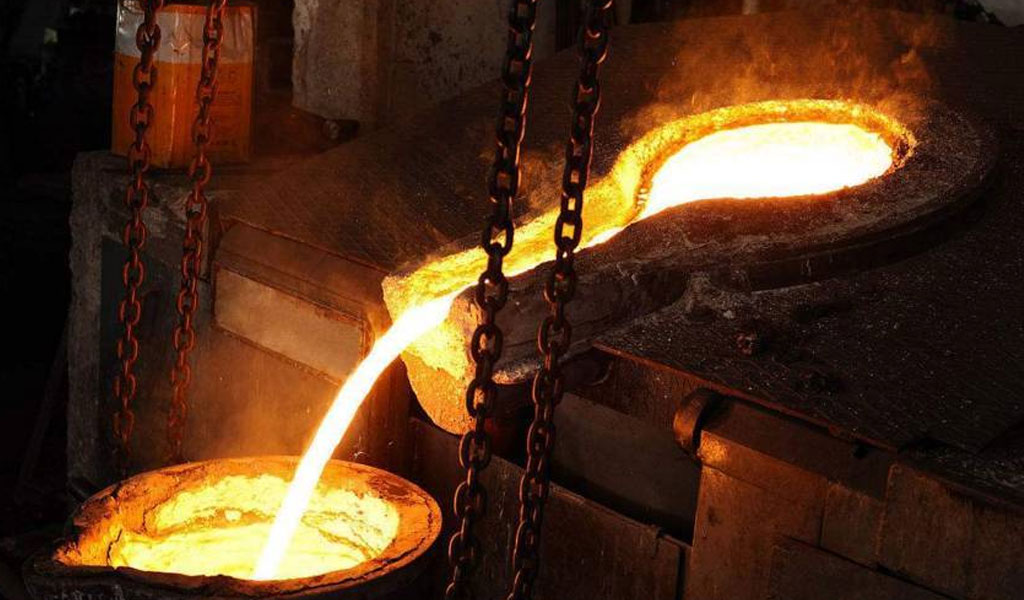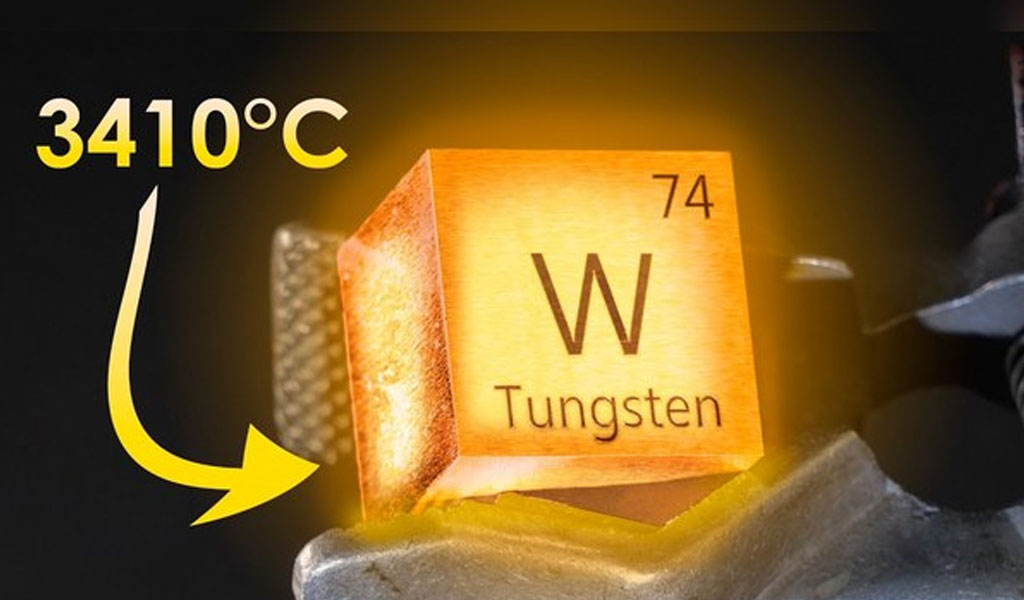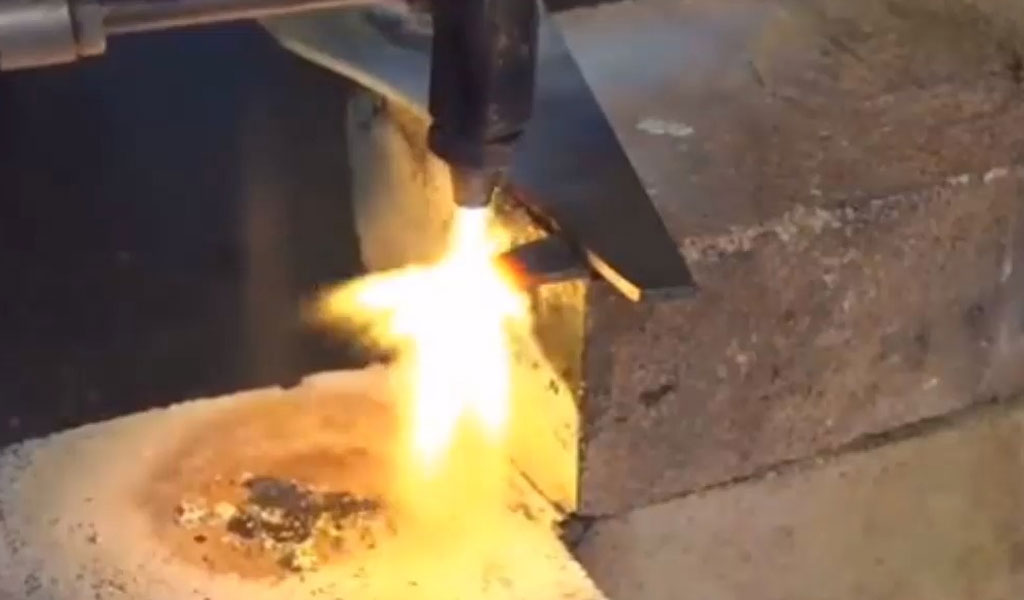Metals have played a significant role in human civilization for millennia, serving as crucial components in various industries, from construction to manufacturing and beyond. One of the fundamental properties that define the behavior and applications of metals is their melting point. Understanding the melting point of metals is vital in numerous fields, including metallurgy, materials science, and engineering. This article aims to delve deep into the concept of the melting point of metals, exploring its definition, factors influencing it, methods of determination, and its significance in different applications.

What Is Melting Points
The melting point, also known as the freezing point, is the temperature at which a solid substance changes its phase to become a liquid. It is a fundamental physical property of a substance and is typically measured in degrees Celsius (°C) or degrees Fahrenheit (°F).
When a solid material is heated to its melting point, it absorbs heat energy. At this temperature, the intermolecular forces holding the solid’s particles together are weakened, allowing the particles to overcome these forces and transition into the liquid phase.
The melting point is a characteristic property specific to each substance, and it can be used for identification, characterization, and quality control purposes.
Conversely, when a liquid is cooled to the same temperature as its melting point, it will solidify and form a solid material. The melting point is typically reported as a single temperature value, although in some cases, materials can have a range of temperatures over which they transition from solid to liquid due to impurities or phase transitions within the substance.
The Importance Of Melting Points
Melting points can have an indirect influence on CNC machining(Computer Numerical Control), particularly in metalworking and other materials processing applications. CNC machining involves using computer-controlled machinery to cut, shape, and form materials into precise components or parts.When selecting materials for CNC machining, the melting point is an essential factor to consider. Different materials have varying melting points, and the choice of material should align with the specific machining requirements.

For example, metals with high melting points, such as stainless steel or titanium, may require specialized tools and machining processes, while materials with lower melting points, like aluminum or other metal, are more easily machinable.
1. Importance of Melting Points
Melting points are fundamental physical properties of substances, and they are important for a wide range of reasons in various scientific, industrial, and practical applications. Here are some key aspects of their importance:
- Identification and Characterization: Melting points are used to identify and characterize substances. For example, in chemistry and pharmaceuticals, knowing the melting point of a compound is crucial for quality control and verifying its purity.
- Materials Selection: In manufacturing and engineering, the choice of materials for a particular application is influenced by their melting points. Materials must be able to withstand the temperatures and conditions they will encounter.
- Materials Processing: The melting point is crucial for processes like welding, casting, and molding. Proper temperature control during these processes is essential for achieving the desired results.
- Alloy Design: In metallurgy, the ability to control the melting points of alloys is vital for tailoring their properties. Alloying is used to create materials with specific characteristics, such as increased strength or corrosion resistance.
- Quality Control: In industries like food processing and pharmaceuticals, the melting point helps ensure product quality and consistency. Deviations from the expected melting point can indicate impurities or production issues.
- Safety and Hazard Assessment: Understanding the melting points of chemicals is essential for safety. In case of a fire or chemical reaction, knowing when a substance may melt or decompose helps in emergency response and containment.
- Product Design: In product design and engineering, designers need to consider the melting points of materials to ensure that products can operate within safe temperature ranges without deformation or failure.
- Phase Transitions: Melting points mark phase transitions, which are critical in understanding how materials behave under different conditions. This is particularly important in fields like geology and materials science.
- Environmental Impact: In environmental science, understanding the melting points of substances helps assess their behavior and potential environmental impacts when released into the environment.
2. Melting Points and Material Processing
Melting points play a crucial role in material processing, affecting various industrial and manufacturing operations. Here are specific examples of their importance in material processing:
- Casting: In foundries, metals are melted and cast into various shapes. Proper selection of metals with suitable melting points is crucial for casting processes.
- Welding and Joining: Welding involves melting and fusing materials together. Knowledge of melting points ensures proper joint formation and structural integrity.
- Soldering and Brazing: Soldering and brazing use materials with lower melting points to join components. Matching filler materials to base metals based on melting points is essential for creating strong joints.
- Heat Treatment: Processes like annealing and hardening require precise temperature control near or above the melting points to modify material properties.
- Extrusion and Rolling: In metal forming processes, temperature control is vital to prevent overheating or underheating, which can lead to defects.
- Sintering: In powder metallurgy, materials are heated below their melting points, but high enough to bond powder particles. Understanding these temperatures is crucial for achieving desired material properties.
- Plastic and Polymer Processing: Melting points of plastics and polymers determine their processing methods, such as injection molding and extrusion.
- Glass and Ceramics: Glassblowing and ceramic sintering processes rely on precise temperature control to achieve desired shapes and properties.
- Semiconductor Fabrication: Silicon wafers in semiconductor manufacturing undergo high-temperature processes based on their melting behavior.
- Food Processing: Food products, especially those containing fats, oils, and chocolate, require control of melting temperatures for texture and taste.
- Candle and Soap Making: Melting points are essential for crafting candles and soaps using waxes and fats.
- Thermoplastic and Thermosetting Resins: Understanding the melting behavior of plastics helps differentiate between thermoplastics and thermosetting resins, influencing their processing and applications.
Melting points are integral to the selection of materials and temperature control in various material processing techniques across multiple industries. They enable the efficient and safe manufacturing of products while influencing their properties and characteristics.
The Melting Points of Metals
The melting points of metals vary widely depending on the specific metal. Here is a list of the melting points of some common metals:
Melting Points Of Tin (Sn)
Melting Points Of Mercury (Hg)
Melting Points Of Zinc (Zn)
Melting Points Of Gallium (Ga)
Melting Points Of Aluminum (Al)
Melting Points Of Cesium (Cs)
Melting Points Of Copper (Cu)
Melting Points Of Rubidium (Rb)
Melting Points Of Iron (Fe)
Melting Points Of Francium (Fr)
Melting Points Of Silver (Ag)
Melting Points Of Potassium (K)
Melting Points Of Gold (Au)
Melting Points Of Sodium (Na)
Melting Points Of Platinum (Pt)
Melting Points Of Lithium (Li)
Melting Points Of Tungsten (W)
Melting Points Of Bismuth (Bi)
Melting Points Of Rhenium (Re)
Melting Points Of Lead (Pb)
These melting points provide a general idea of the range of melting temperatures for various metals. Keep in mind that the actual melting point of a specific sample may vary slightly due to impurities and other factors. Metals with higher melting points are often used in applications where high-temperature stability is required, such as in the aerospace and electronics industries, while those with lower melting points are utilized in processes like casting and soldering.
In Conclusion
The melting points of materials play a pivotal role in various aspects of science, industry, and manufacturing. Understanding the melting points of substances is essential for material characterization, materials processing, alloy design, and quality control. Melting points influence the selection of materials, tools, and equipment, as well as temperature control, cooling, and safety protocols during manufacturing processes.

By accounting for melting points in manufacturing, companies can produce high-quality products efficiently and safely. Proper material selection, equipment calibration, and temperature control ensure that materials retain their structural integrity, while rigorous quality control measures verify the final product’s quality and adherence to industry standards. The ability to manage melting points effectively allows for precise control over manufacturing processes and the development of innovative materials tailored to specific applications.Ultimately, recognizing the significance of melting points and integrating this knowledge into manufacturing processes is critical for achieving the desired product characteristics, maintaining operational efficiency, and ensuring safety in various industries.
